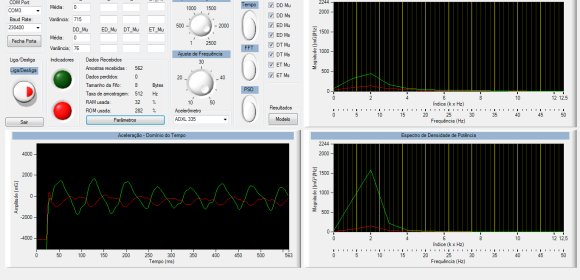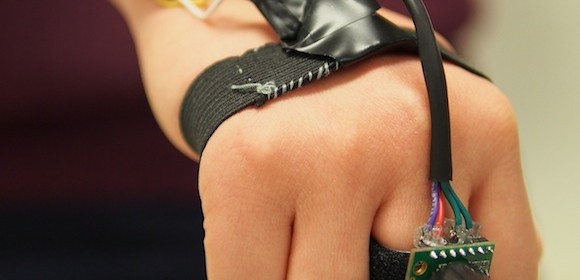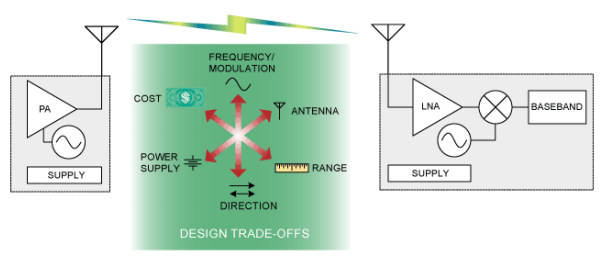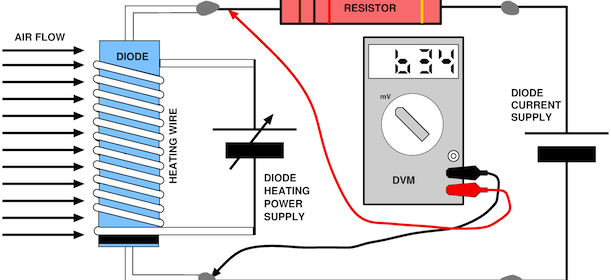BJT and MOSFET polarity and pin configuration identifier
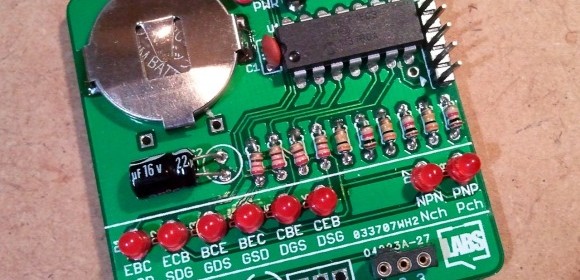
This project article from Electronics-Lab describes a simple BJT and MOSFET transistor type and pin-out identifier device based on the PIC16LF1503 microcontroller. The device runs on a single CR2032 battery. The identified transistor type (PNP or NPN) and the pin configuration are displayed through LED indicators on board.
Read more